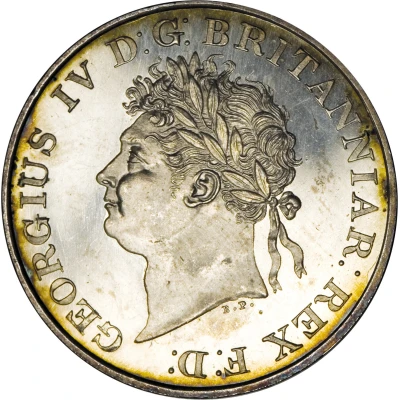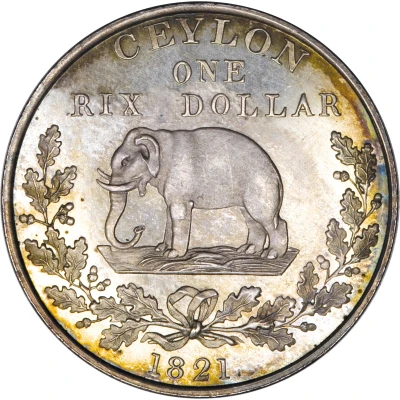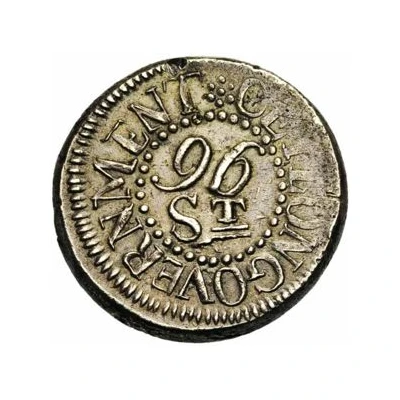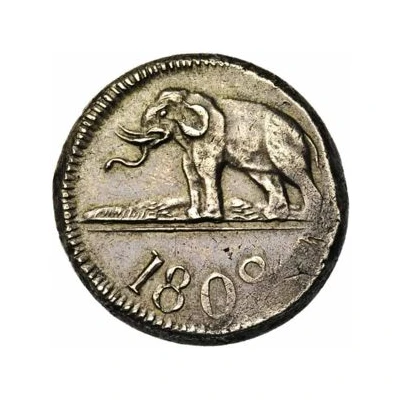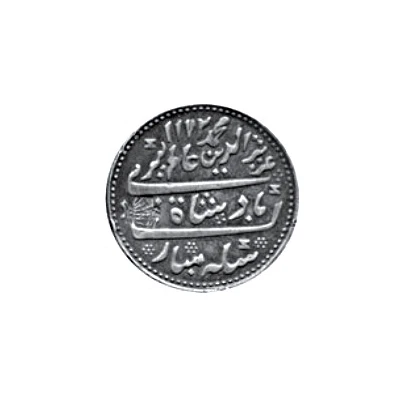
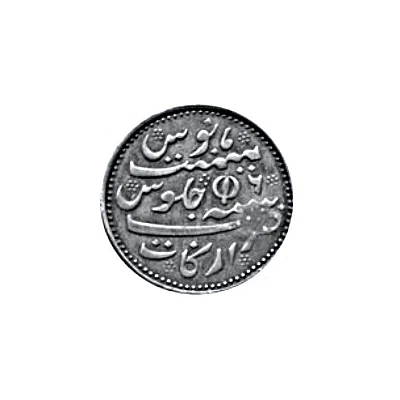

© Heritage Auctions
1⅓ Rixdollar - George IV Counterstamped ND
1823 year| Silver | 11.66 g | 28.3 mm |
| Issuer | Sri Lanka › Ceylon (1597-1972) |
|---|---|
| King | George IV (1820-1830) |
| Type | Standard circulation coin |
| Year | 1823 |
| Value | 1⅓ Rixdollar (4⁄3) |
| Currency | Rixdollar (1796-1828) |
| Composition | Silver |
| Weight | 11.66 g |
| Diameter | 28.3 mm |
| Thickness | 1.5 mm |
| Shape | Round |
| Orientation | Medal alignment ↑↑ |
| Demonetized | Yes |
| Updated | 2024-10-07 |
| Numista | N#142548 |
|---|---|
| Rarity index | 95% |
Reverse
Lettering
Lettering:
ممنت مانوس
سنه ٦ جلوس
ضرب اركات
Translation: Struck at Arcot in his 6th year of tranquil prosperity
Edge
Reeded
Comment
Counterstamped Crown on Madras Arcot 1 Rupee of Alamgir II, KM# 415Interesting fact
The 1⅓ Rixdollar coin from Sri Lanka, also known as Ceylon, is a rare and unique coin that was issued during the reign of King George IV in 1823. One interesting fact about this coin is that it was counterstamped, which means that a new stamp or design was added to the coin after it was originally minted. This process was done to indicate that the coin had been certified or authenticated by a particular authority, and it added an extra layer of value and authenticity to the coin. Additionally, the coin was made of silver, which was a valuable and sought-after metal at the time, and it weighed 11.66 grams, making it a substantial and impressive coin. Overall, the 1⅓ Rixdollar coin from Sri Lanka is a fascinating piece of numismatic history that is sure to interest collectors and history buffs alike.
